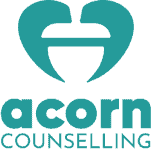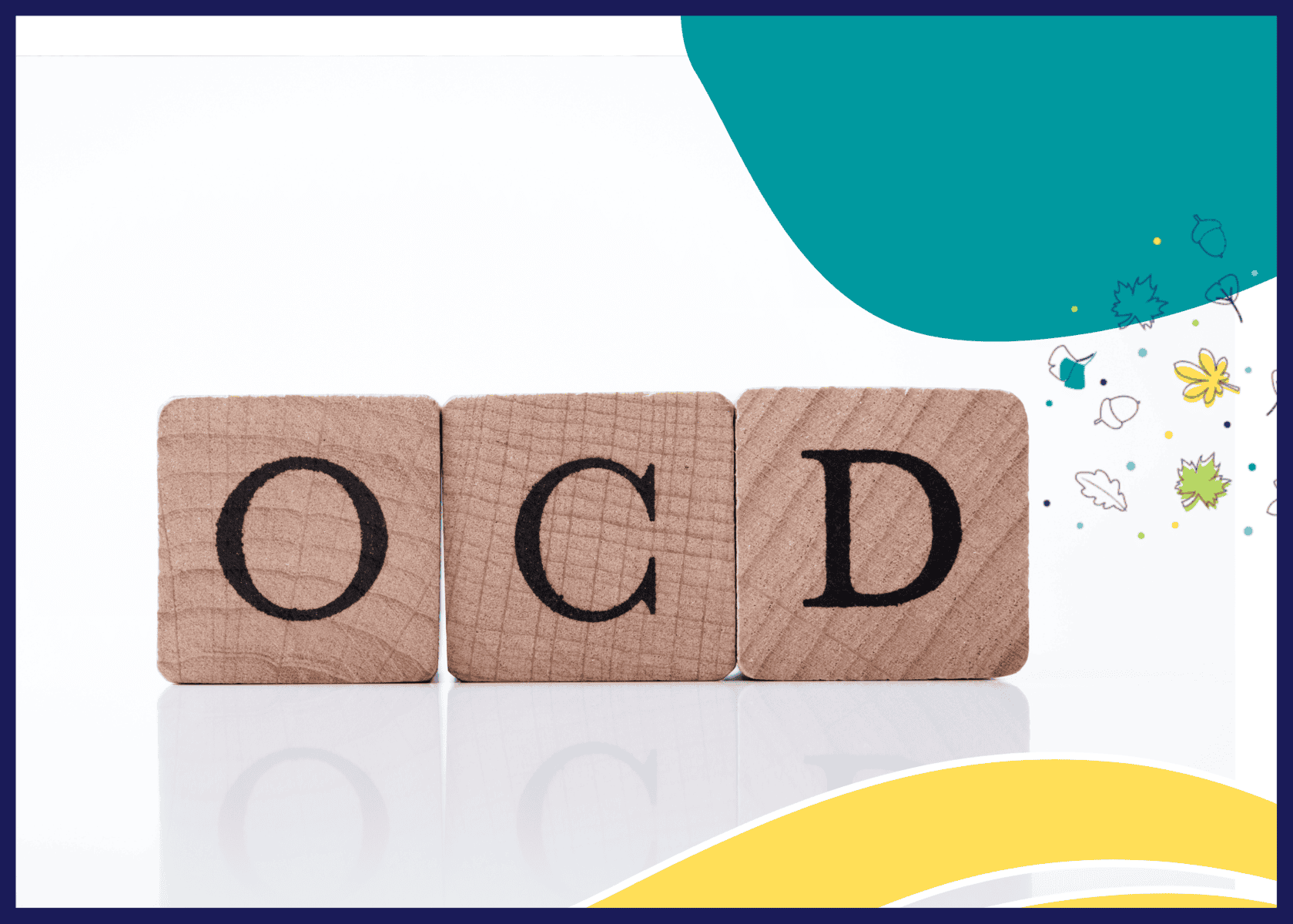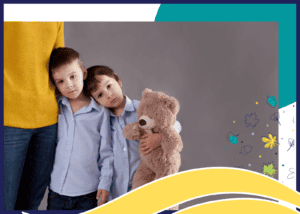OCD in Children, Youth, and Families
Obsessive-compulsive disorder (OCD) is something that many people struggle with, from children and adolescents to older adults. It is characterized by obsessive thoughts and compulsive behaviours, which are repetitive and serve to alleviate anxiety and prevent harm. Although OCD usually begins in childhood or adolescence, it often goes unrecognized and undiagnosed, which can lead to serious impacts on functioning for the individual and the family system.
Almost everyone experiences intrusive thoughts; and they pop in and they pop out. Usually we don’t think much of it. People with OCD, however, have stickier brains that take the thought and holds it tight, having a hard time letting it go. One of our therapists Jaclyn, whose work focuses on OCD, describes it like this:
Living with OCD is like driving in a car with the stereo turned all the way up. It is hard to focus, it can be distressing, you can lose you way, make wrong turns, and get frustrated. The loud music becomes all you can focus on. The work (usually Exposure and Response Prevention) is about turning down the radio so that you can focus on your surroundings and where you are going.
OCD usually starts as thoughts, images, or urges (obsessions) that can be annoying, distressing, or scary, and they can lead you to do something that makes you feel better, such as an action, a behaviour, or avoidance (compulsions). Initially, when you do the things, it makes you feel better and calms down the worries. However, this is short lasting, and people with OCD will find themselves having to do it more, or do more things in order to get to a level of comfort. Sadly, they are never able to get to a level of comfort or calm.
This blog is in hopes of providing some education and treatment options for OCD.
Symptoms of OCD in Children and Adolescents:
Children and adolescents with OCD typically experience intrusive thoughts, images, or impulses that are upsetting and stressful. These thoughts often revolve around themes like contamination, harm, or aggression. Compulsions are repetitive behaviours or mental acts that a child or adolescent feels compelled to perform to prevent harm or relieve anxiety. Common compulsions include checking, washing, counting, or repeating phrases. Here are some of the common signs of OCD in children and adolescents:
- Obsessive fears or worries about contamination, germs, or dirt
- Excessive washing or cleaning, such as washing hands for long periods or repeatedly checking doors and windows
- Repetitive behaviours or mental acts, such as counting, arranging objects in a particular way, or repeating certain words or phrases
- Fear of harming oneself or others, and avoidance of certain activities or places
- Distress when routines are disrupted or changed
- Preoccupation with religious or moral issues
- Avoidance of certain foods or drinks, or insistence on eating them in a particular way
Diagnosis of OCD in Children and Adolescents:
OCD can be diagnosed by a trained mental health professional like a psychiatrist or psychologist. Diagnosis is usually made after a comprehensive evaluation that includes a clinical assessment, psychological testing, and interviews with the child and parents. At Acorn Counselling, we are able to provide some preliminary and comprehensive assessments, and collaborate with your health care team when needed. A formal diagnosis is helpful, and not always needed to begin addressing concerns quickly.
Treatment of OCD in Children and Adolescents:
Treatment of OCD in children and adolescents involves psychotherapy and at times medication. The goal of treatment is to reduce the severity of obsessions and compulsions, improve functioning, and prevent relapse. The most effective treatments for OCD in children and adolescents is Exposure and Response Prevention (ERP): ERP is a specific form of CBT that involves gradually exposing the child or adolescent to their feared situations or triggers, without performing compulsive behaviours. The goal of ERP is to help the child or adolescent learn that their fears are unfounded, and that they can tolerate anxiety without engaging in compulsive behaviours. ERP can be done in individual or group sessions.
The important thing to note about ERP, is that it is not just about exposures! The focus on response prevention is key. There is also a family component to treatment of OCD in younger children, because sometimes parents get caught up in responses to the anxiety or OCD behaviour. This is why we love the treatment of Supportive Parenting for Anxious Childhood Emotions (SPACE) out of Yale University, because we can empower parents to change their responses to their child’s anxiety, that can help their child and the family system without the child being directly involved in therapy themselves!
How Parents Can Help:
Parents play a crucial role in supporting your child through their OCD treatment. Here are some strategies parents can use to help their child:
- Educate yourself about OCD: Learn about OCD, its symptoms, and treatment options. This will help you understand your child’s experience and show empathy and support.
- Support your child’s treatment: Encourage your child to attend therapy and take medication as prescribed when needed. Help them with homework and practice ERP techniques together (under the guidance of a therapist)
- Provide a safe and supportive environment: Create a safe and supportive environment for your child at home. Be non-judgmental and patient with their symptoms, and avoid criticizing or punishing them for OCD behaviours, while being mindful of accommodations
- Take stock of how you may be accommodating your child’s anxiety or OCD. Sometimes in order to get out the door or move through our routines, we parents help our children along. Sometimes, it is hard to catch developing obsessions or compulsions because these accommodations usually start small and with a purpose, and we may not even realize it before they grow and take over.
- Have some grace with yourself. Because accommodations start super small and helpful, and you love your child and want to help. It is not your fault that this happened.
- Encourage healthy lifestyle habits: Encourage your child to eat well, exercise regularly, and get enough sleep. These habits can help alleviate stress and improve their overall mental health.
- Be an advocate for your child: Advocate for your child’s needs at school, and work with teachers and administrators to create a supportive educational environment. Ensure that your child receives appropriate accommodations and services.
We Can Help!
OCD can be a serious problem that affects children, teens, and whole families. With appropriate treatment and support, children and adolescents with OCD can lead fulfilling and productive lives.
At Acorn Counselling, we have a skilled team and offer many services from individual counselling, parent support (see our blog about Supportive Parenting for Anxious Childhood Emotions or SPACE), and group treatment options including SPACE group for parents, and our upcoming Empowerment Group for kids.
To see a list of all our group options, please visit www.acorncounselling.org/groups
If you are unsure about what is needed, please book your free consultation here.




